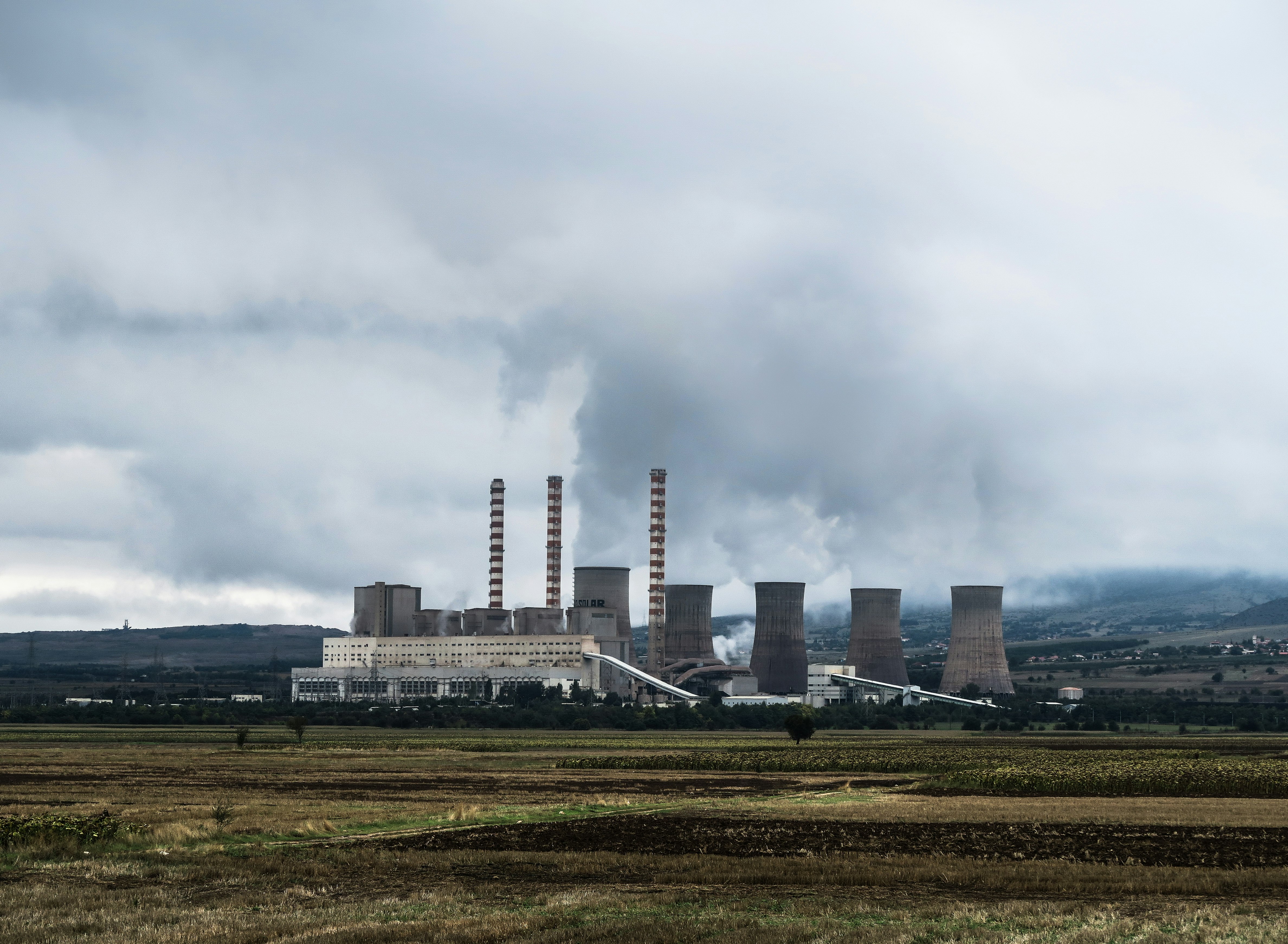
The coal industry is failing and sustainable alternatives are on the rise. No matter what politicians do to try and “save” coal it’s clear that the dirty source of electricity is on its way out. A recent report revealed that in the USA more people are employed by the solar industry than in the coal industry. Solar only provides 1.3% of America’s electricity yet it is more of a job provider than coal is. If somebody (like the president) wants to create more jobs in the USA than maybe supporting solar is the way to do it.
To put this all in perspective: “Solar employs slightly more workers than natural gas, over twice as many as coal, over three times that of wind energy, and almost five times the number employed in nuclear energy,†the report notes. “Only oil/petroleum has more employment (by 38%) than solar.â€
Now, mind you, comparing solar and coal is a bit unfair. Solar is growing fast from a tiny base, which means there’s a lot of installation work to be done right now, whereas no one is building new coal plants in the US anymore. (Quite the contrary: Many older coal plants have been closing in recent years, thanks to stricter air-pollution rules and cheap natural gas.) So solar is in a particularly labor-intensive phase at the moment. Still, it’s worth thinking through what these numbers mean.

